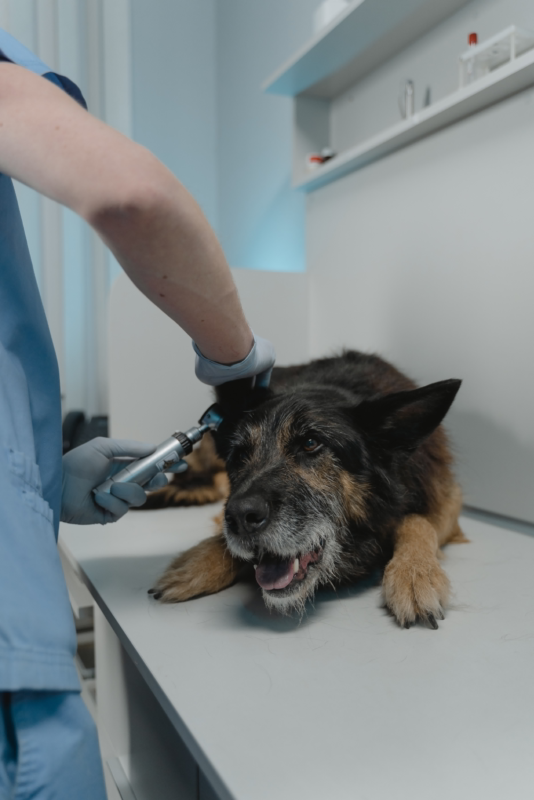Health
What is Hypoallergenic Dog Food?
6 signs that your dog is suffering from an allergy
1. Excess scratching, a large amount of dandruff or oily skin and fur.
2. Ear infections or their ears consistently need to be cleaned.
3. Irritation or discomfort – often on paws or tail (sometimes resulting in biting and chewing).4. Gastrointestinal problems – diarrhoea, vomiting, excessive wind or bloating.5. Excessive eating of grass – this could be a sign that your dog is trying to make themselves sick due to an allergy.6. Abnormal lack of energy or loss of interest in food or exercise.

Does your dog suffer from itchy skin or a regular upset stomach? Why not try one of our recipes, all of which are hypoallergenic and of course completely grain-free.
Try our recipes
Things to think about
Now you have a better understanding of hypoallergenic dog food, it’s worth being vigilant of a few things when changing your dog’s diet to hypoallergenic food. While these foods are a great way to reduce the risk of allergies, it may take time to find the right recipe for your dog. Always change your dog’s diet slowly over a number of days, click here for our guide to safely changing your dog’s diet.
It’s also a good idea to stick with one meat protein at a time, to determine more accurately what ingredients your dog is allergic to. If if the symptoms subside after changing the choice of favour, then you may have determined an allergy. Fish recipes tend to be the most allergy friendly choice. With natural fish oils and skin supporting nutrients, they are suitable for dogs with food allergies or intolerances as well as dogs with dry / itchy skin problems.

